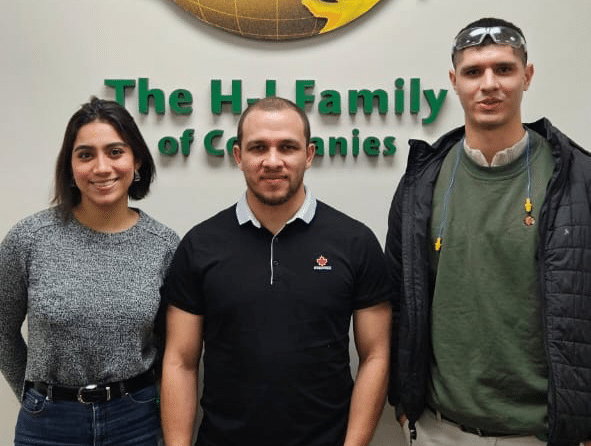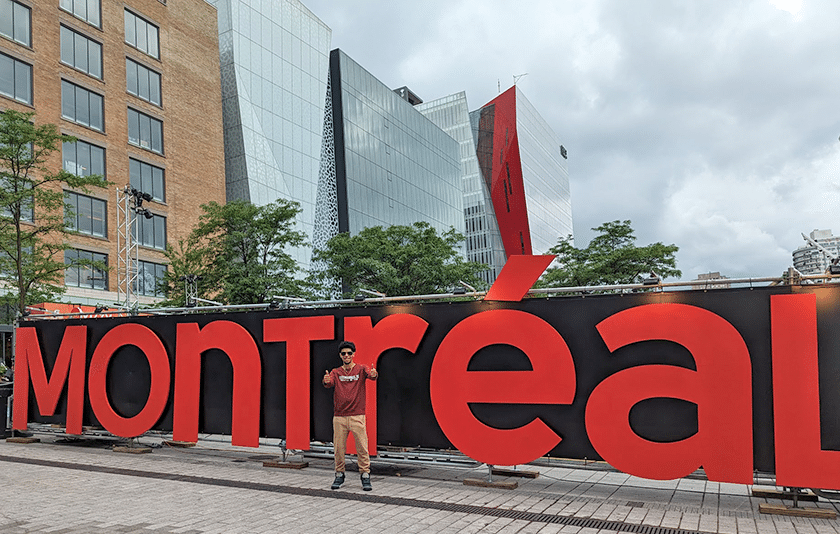Native American tribes of the Bighorn Mountains in present-day Wyoming once constructed stone wheels with 28 spokes in tribute to the Summer Solstice. This “medicine wheel” was aligned with sunrise and sunset on Solstice. Constructed at the top of a mountain range, the structure is only accessible during the summer months. Similar wheels have been found across South Dakota, Montana, and parts of Canada.
In present-day New Mexico, Fajada Butte, located in Chaco Canyon, is known to be home to a solar marking site that records solstices and equinoxes. According to tradition, Fajada Butte is considered sacred ground to many tribes across the western United States, representing a significant cultural center during the pre-Columbian era.
Prior to the early 20th century, several Native American tribes performed ceremonial rituals on Solstice in celebration of the new season, believing the sun to be a manifestation of the Great Spirit. The Sundance is said to be originated by the Sioux tribe, whose presence stretches across the western and midwestern United States. Traditionally performed by young warriors, the Sundance ceremony lasted approximately four days, consisting of singing, dancing, drumming, deep prayer and meditation, and skin piercing. Supervised by the tribe’s shaman, the celebration concluded with the ceremonial felling of a tree, which was then painted and displayed near the dancing grounds. Typically, family and friends, as well as members of other clans, watched from the surrounding area, praying in support of the participants. In preparation, the supporters gathered firewood, medicinal plants, and food, arranging an offering site for the Great Spirit. In addition, sweat lodges were often set up by the entire community to serve as purification stations for dancers in the days leading up to the start of the celebration.
While the Sundance was primarily held to celebrate the summer solstice, it also served as a method of testing the stamina and tolerance of the participating young warriors. During the celebrations, the dancing warriors typically abstained from the consumption of food. Among certain tribes, dancers suspended themselves from long poles using ropes attached to pins that pierced the skin in various spots. Dancers would often endure this pain until they lost consciousness, and would sometimes continue for days at a time. These lacerations were inflicted with one goal in mind: spiritual visions. The practices were symbolic of revival— the dancer was believed to be mentally and physically reborn. Once removed from the poles, dancers performed an additional ceremony in which a sacred pipe was smoked in honor of the Great Spirit’s manifestation as the sun.
In 1904, the Sundance was outlawed by the U.S. government due to the perceived acts of self-torture. By 1978, President Jimmy Carter signed into law the American Indian Religious Freedom Act, granting Native Americans the right to freely perform traditional religious ceremonies. While the Sundance is still held today among some tribes, it is to a much lesser degree and geared mainly towards educating non-Native Americans on traditional tribal practices during the summer solstice.




